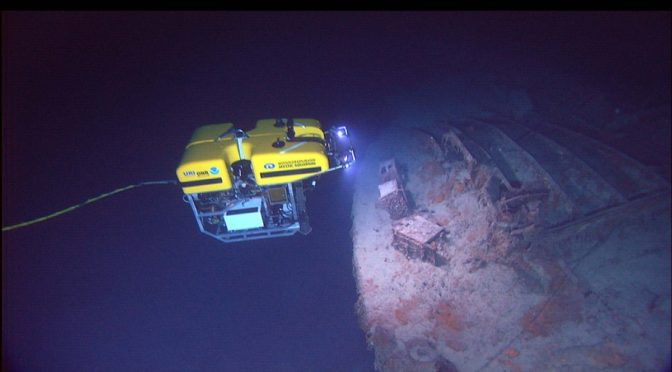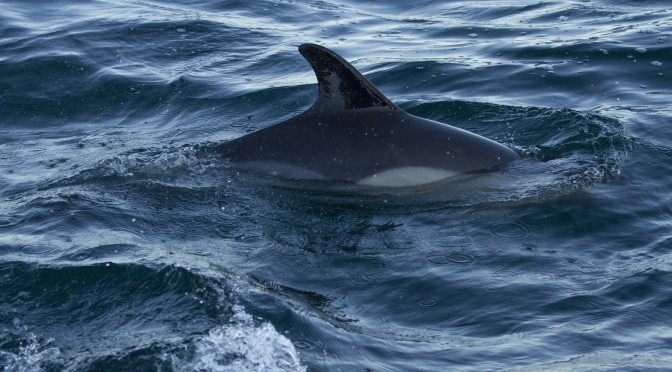Tag: nautilus
-
World Oceans Day Tri-Ship Connection
Celebrate World Oceans Day and join the Inner Space Center as it connects LIVE with three ocean science and exploration vessels: the NOAA Ship Okeanos Explorer, E/V Nautilus, and RV Falkor. Tune in through Facebook Live and/or YouTube on June 8, 2018, at 3:00 pm ET, and hear from scientists, engineers, and other crew as they discuss the important (and exciting!) work they are conducting to understand our…
-

Ocean Exploration, “Olympic-Style”
From August 18, 2017, to September 3, 2017, the E/V Nautilus will be exploring the Olympic Coast National Marine Sanctuary (NMS), located along the Olympic Peninsula of Washington state. The sanctuary encompasses 3,189 square miles (8,260 km2), an area equivalent to the states of Delaware and Rhode Island combined. It extends 25 to 50 miles…
-

2016 – A Year in Review
It’s been another eventful year here at the Inner Space Center (ISC)! We outfitted two research vessels and a merchant vessel with telepresence technologies, and supported over 100 days of telepresence on the E/V Nautilus, and on the NOAA Ship Okeanos Explorer. Our services facilitated the investigation the El Faro shipwreck, supported a 5-year study…
-

Creature Spotlight: Dancing, Flailing Sea Cucumbers
Among the most sighted organisms during the field season’s remotely operated vehicle dives are sea cucumbers, also known as holothurians. A class containing over 250 species, sea cucumbers are highly diverse, and may appear spiky and brightly colored, or smooth and translucent. The Nautilus Live video below , and this video by the NOAA Ship Okeanos Explorer…
-

Rediscovering History: the USS Independence
Thirty miles off the coast of San Francisco, CA, at 793 m (2,600 ft) depth, lies the watery grave of the decorated United States aircraft carrier, Independence.
-

What is an ROV?
If the ocean is so unfathomably wide and deep, how can scientists possibly hope to do any more than dip our noses beneath the waves to explore? Luckily, engineers have adapted machines to reach areas of the ocean that would never be possible with a human alone. This is where remotely operated vehicles, or ROVs,…
-

2016 E/V Nautilus Expedition Begins!
Welcome explorers! The 2016 Nautilus Expedition begins tomorrow, so make sure you tune in! The feeds will be live tomorrow at NautilusLive.org. You’ll also be able to watch the Hercules and Argus cameras here, once we’ve made sure the streams are working perfectly over at the Nautilus Live website.
-

2015 – Year in Review
The Inner Space Center (ISC) has completed another successful year of ocean exploration! We’re excited to say that we’ve had a few milestones this year. We supported three research vessels, completed our first-ever live TV broadcasts from sea, and worked with the University of Rhode Island’s R/V Endeavor using telepresence.
-

This is what a shark egg looks like?
If you’ve worked at the Inner Space Center for as long as Alex and I have, it’s rare to see something you’ve never seen before during a live dive. The E/V Nautilus is currently studying volcanic activity in the area surrounding the Galapagos Islands, but they stumbled upon a field of what they believe to…
